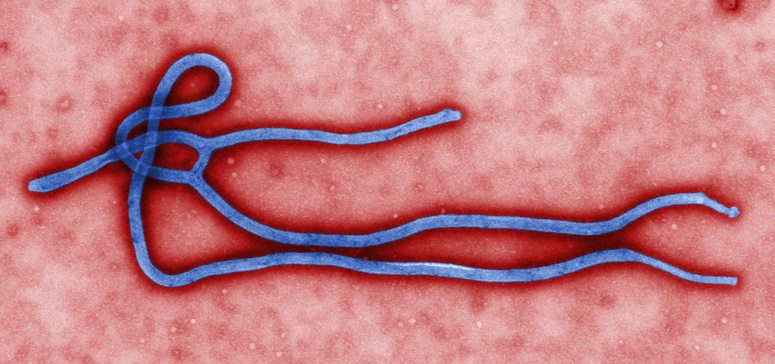
One of the many problems health officials have faced during the ongoing Ebola outbreak in Africa is early diagnosis of the deadly disease.
Current blood tests only detect Ebola once a person displays symptoms- which appear anywhere from two to 21 days after they contract it – making it even harder to contain spread of the highly contagious disease.
Researchers at Colorado State University are working to develop an early warning system that can detect the deadly disease as soon as the body’s immune system notices the presence of Ebola pathogens and starts marshaling a response.
The team, led by Michael Kirby, a professor in the Department of Mathematics, is developing complex algorithms to analyze gene expression data generated from mice infected with the Ebola virus during a research study conducted a few years ago.
Kirby’s goal is to identify the genetic pathway Ebola travels from the time the body recognizes the disease’s unique pathogens until symptoms emerge.
“The immune system kicks in as soon it senses these pathogens and we know that it immediately starts sending signals throughout the body,” Kirby said. “If we can detect and understand those signals, then we may be able to better understand the course of the disease in terms of a cascade of activated biological pathways. This may allow us to identify and treat infections much, much earlier.”
The Ebola warning system project, which is funded by the National Science Foundation, is based on work Kirby conducted a few years ago when the team he was on used data from H1N1 influenza patients to identify the pathway that illness took and that more than 1,400 genes were involved as the sickness evolved and took root. The H1N1 project was funded by the federal Defense Advanced Research Projects Agency (DARPA).
Kirby and others analyzed gene expression data from blood samples that were taken from patients every eight hours over several days. That sequential data helped them determine the genetic pathway H1N1 used to travel through the body and at which point a person went from being asymptomatic to symptomatic.
“We delved into the data and were able to figure out how the body was responding and see the differences in responses from those who had symptoms and those who didn’t,” he said.
Identifying a disease or illness’ genetic pathway is akin to re-tracing a route from the end to the beginning by using signals or clues along the way.
Kirby and his team will start evaluating gene expression data collected from the mice at later stages and look for anomalies that will help them find Ebola’s pathway.
By looking at how the disease progresses and comparing immune responses from mice with symptoms and those without, the team believes it will be able to find the “clues” it needs to find re-trace this critical pathway.
That knowledge – and this basic research – are crucial to developing early warning or diagnostic tests for people who have exposed to the deadly Ebola virus.
“Once we understand this cascade of pathways, we will know how to test for the infection in its early stages,” Kirby said.